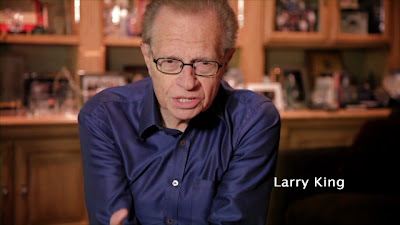 |
In the 1970s, Dith Pran was witnessing his country’s violent dissolution. Cambodia lapsed into civil war, stirred up by the struggles in Vietnam that spread over national borders. Pran sent his wife, Ser Moeun Dith, and four children to the United States, but he stayed to help report on Cambodia’s civil war, believing that in order to save lives, other nations had to understand Cambodia’s state of desperation. He worked as an essential guide, note-taker, and photographer for New York Times correspondent Sydney Schanberg, who explained in an interview, “[Pran’s] mission with me in Cambodia was to tell the world what suffering his people were going through in a war that was never necessary.” Schanberg later wrote an article about Cambodia and Pran, which was turned into the 1984 movie, The Killing Fields.
In 1975, Pran unwillingly became a pawn in the radical social engineering experiment of Pol Pot, who sought to turn Cambodia into a purely agrarian society devoid of Western influence. Pot’s trigger-happy followers, the Khmer Rouge, gained control of Phnom Penh, forcing all residents out of the capital city and into a collective farm. At the forced labor camp, Pran spent four and a half years harvesting twelve hours a day with a spoonful of rice for sustenance. He did all that he could to survive, while witnessing and enduring arbitrary brutality.
At this time Cambodians were murdered for minor infractions against the regime’s doctrinaire policies; the Khmer Rouge were responsible for an estimated 2 million Cambodian deaths. Pran deemed the mass graves of Cambodians, killed by starvation, disease, guns, and pick axes, as “The Killing Fields.”
 A 1974 photo by Mr. Dith of shells being fired at a village northwest of Phnom Penh. Photo: Dith Pran/The New York Times
A 1974 photo by Mr. Dith of shells being fired at a village northwest of Phnom Penh. Photo: Dith Pran/The New York TimesIn 1979 the Khmer Rouge lost power and Pran escaped 60 miles past the killing fields — the overwhelming evidence of genocide — and through landmine-dotted terrain to the Thai border. Soon thereafter, he reunited with his family in San Francisco.
Having survived atrocity, Pran immediately began to devote his time to helping fellow Cambodians who had suffered under the Khmer Rouge. In New York City, he founded the Dith Pran Holocaust Awareness Project to educate people on the history of the Khmer Rouge regime. He spoke also of his efforts to aid Cambodia: “The Khmer Rouge has brought Cambodia back to year zero and that's why I'm trying to bring the Khmer Rouge leaders to the World Court. Like one of my heroes, Elie Wiesel, who alerts the world to the horrors of the Jewish Holocaust, I try to awaken the world to the Holocaust of Cambodia, for all tragedies have universal implications.”
Dith Pran died on March 30, 2008, having been diagnosed with pancreatic cancer just three months earlier. Executive Editor of the New York Times, Bill Keller, explained after Mr. Dith’s death, “To all of us who have worked as foreign reporters in frightening places, Pran reminds us of a special category of journalistic heroism — the local partner, the stringer, the interpreter, the driver, the fixer, who knows the ropes, who makes your work possible, who often becomes your friend, who may save your life, who shares little of the glory, and who risks so much more than you do.”






